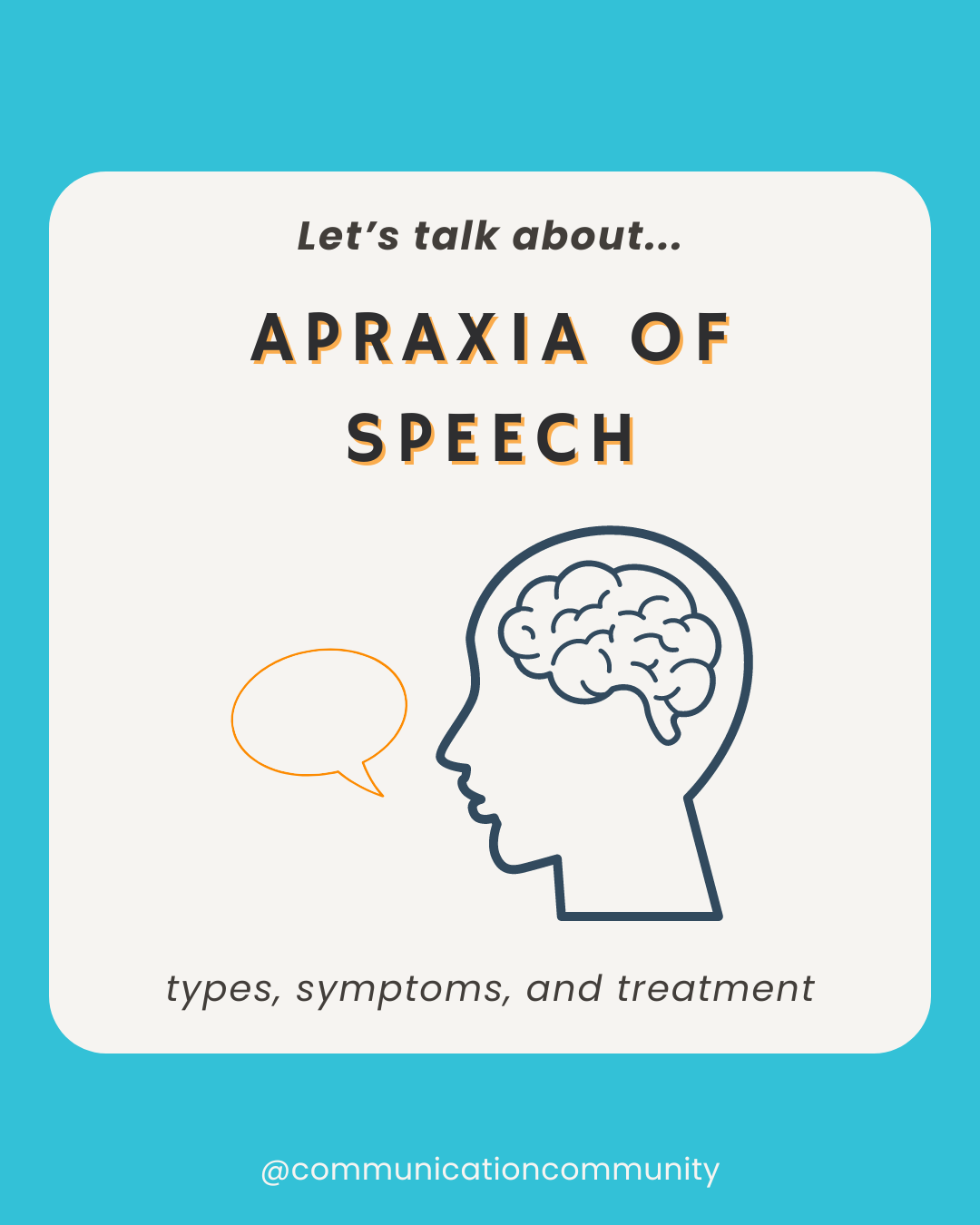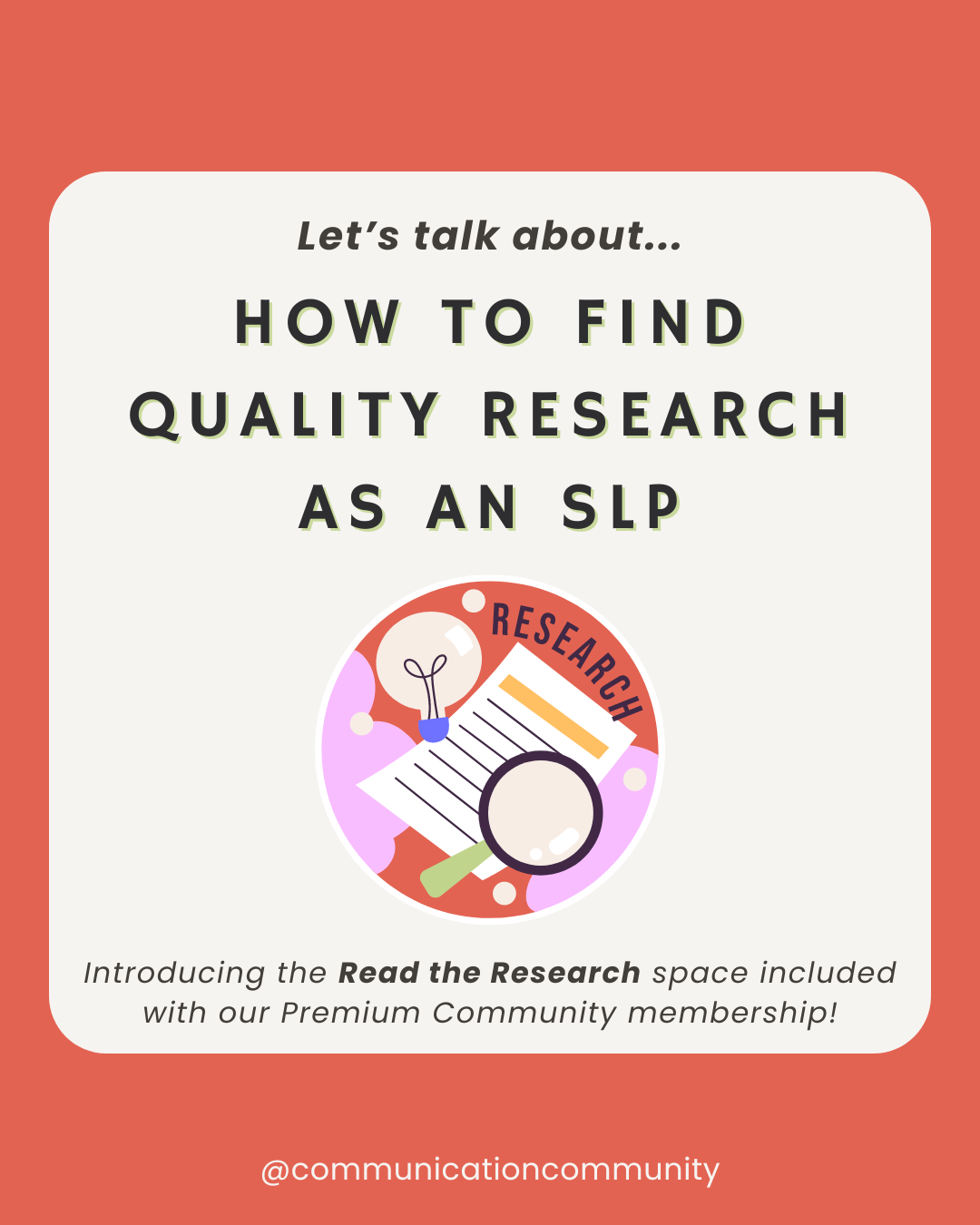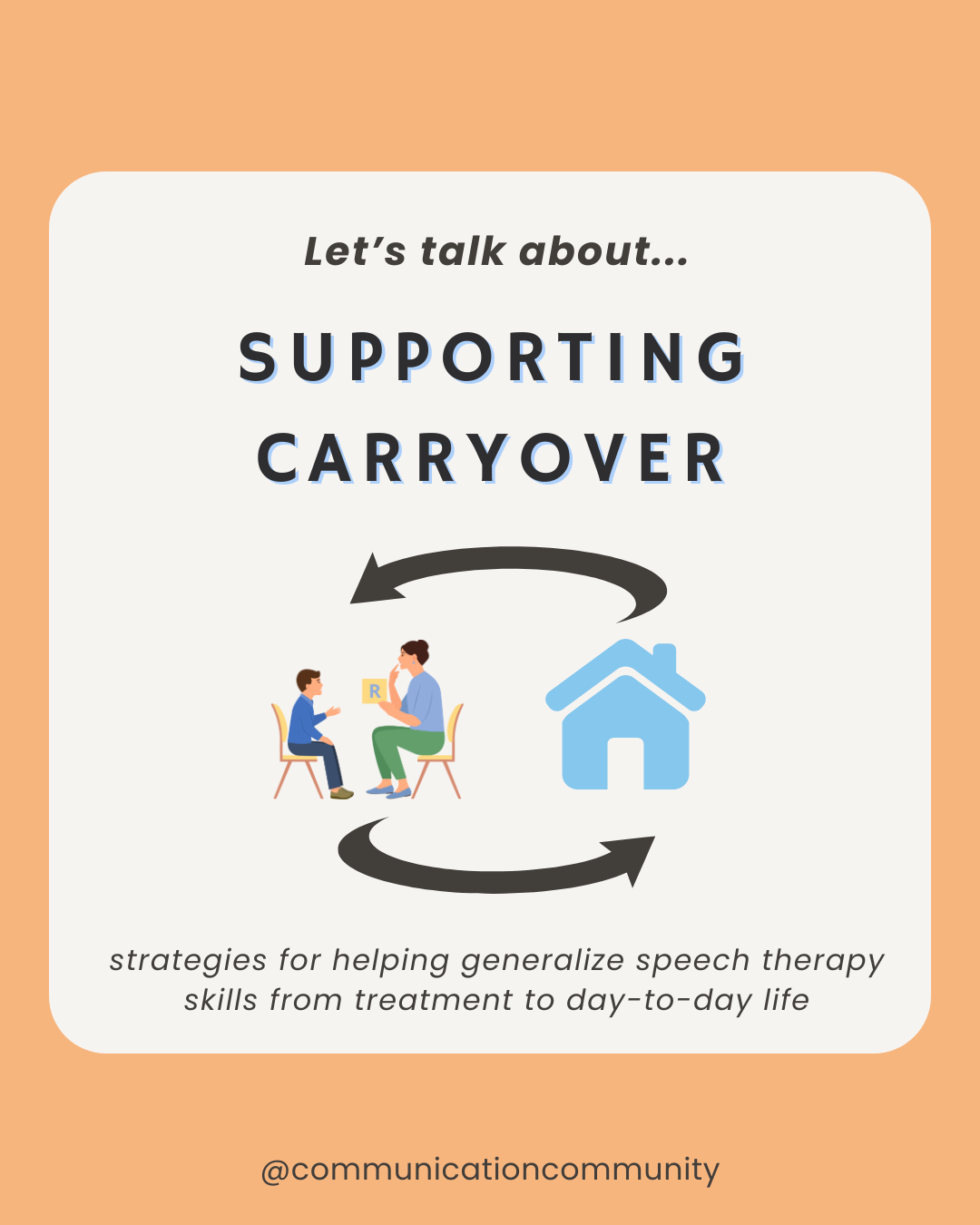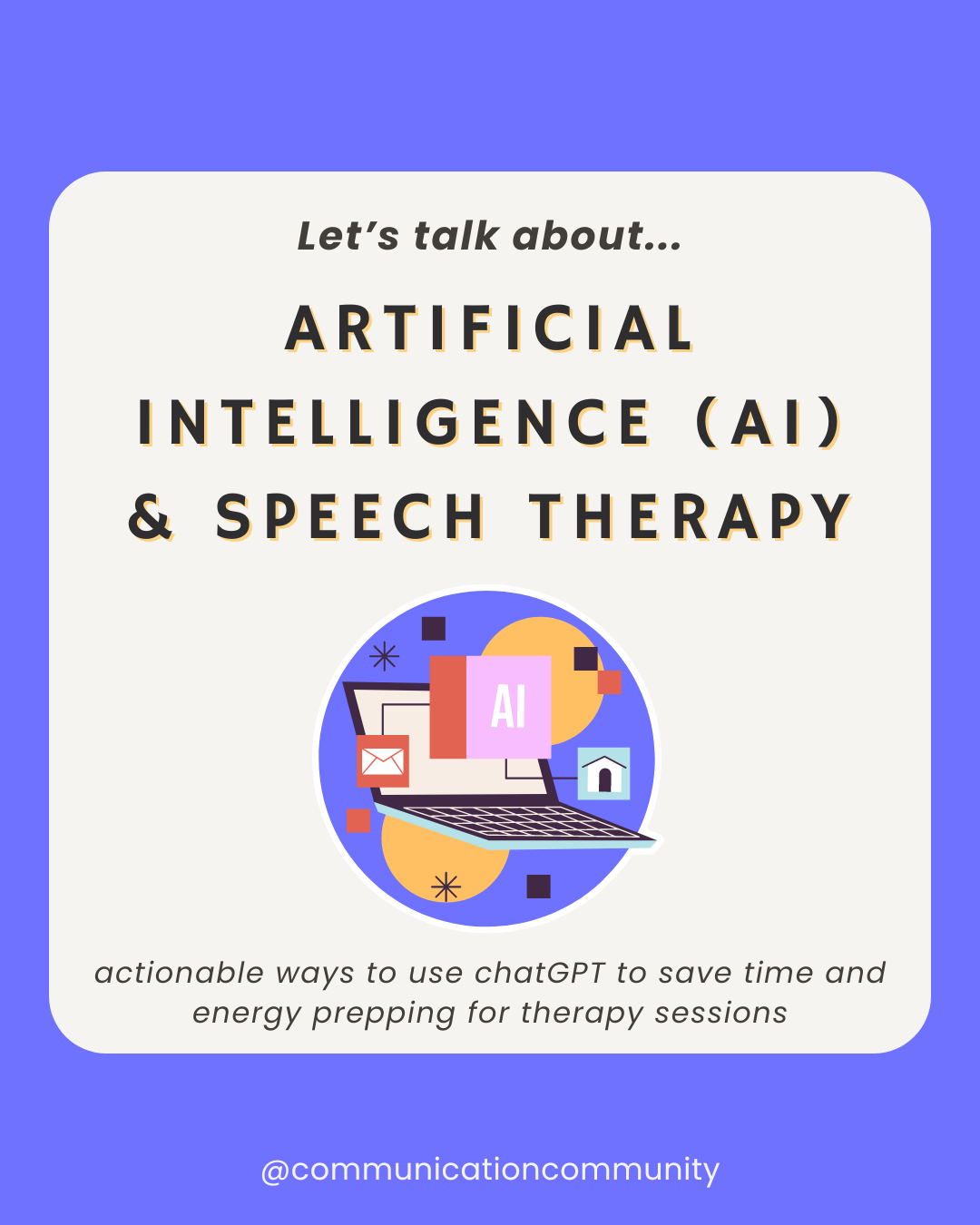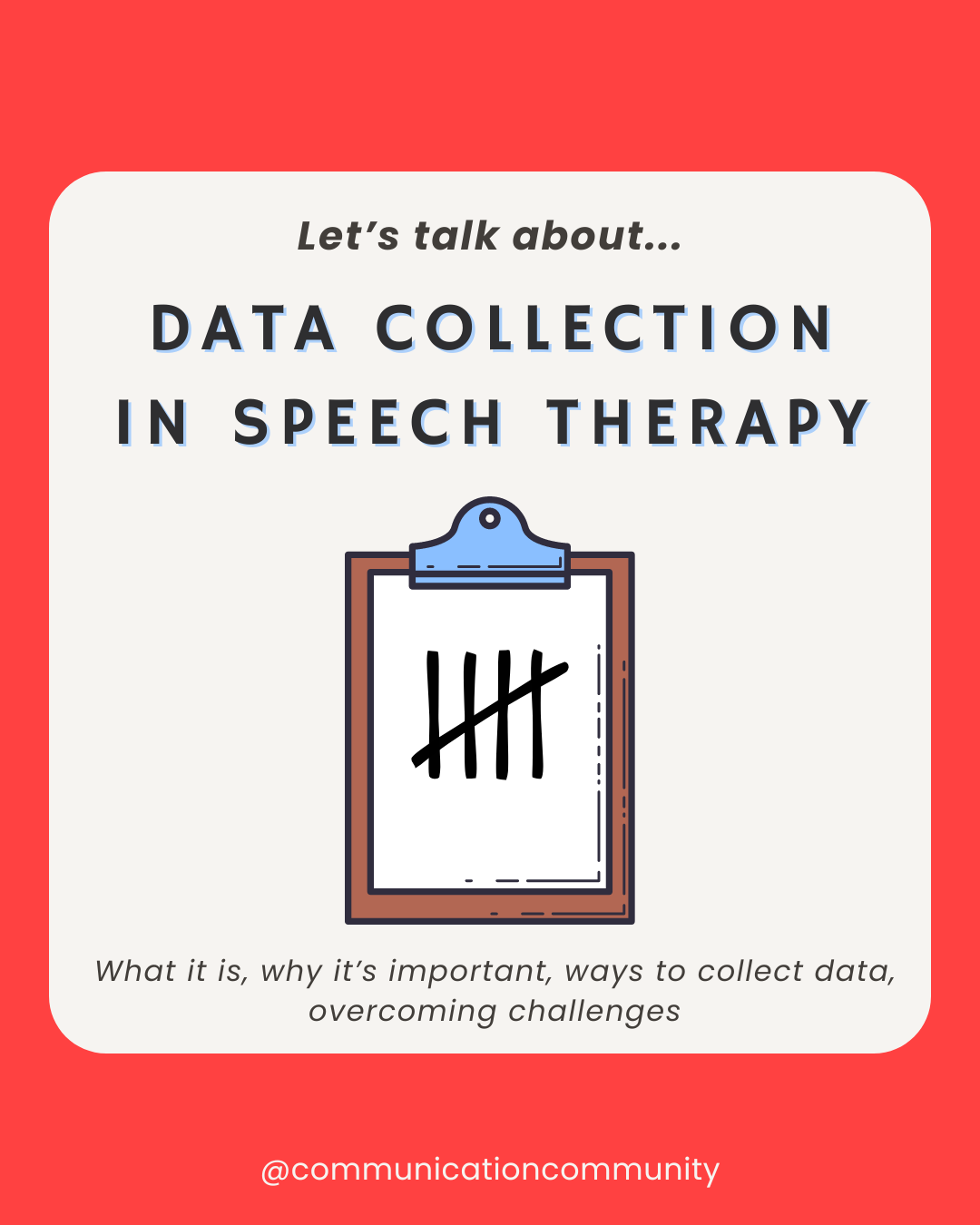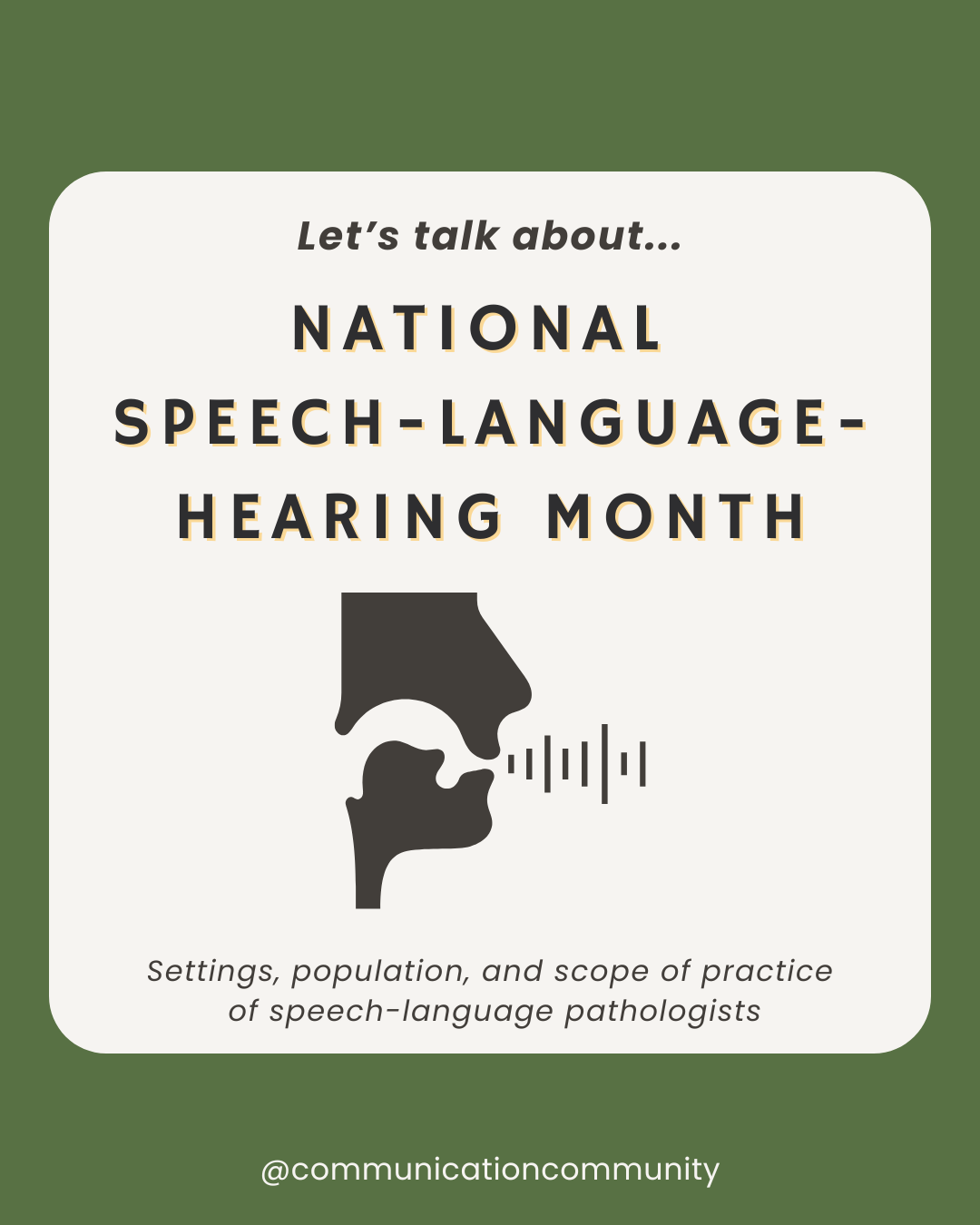This article was last updated on April 30, 2024.
Motor speech disorders are less common than other speech and language disorders, but speech-language pathologists (SLPs) are still able to evaluate, diagnose, and treat them. In this post, we will provide an overview of one type of motor speech disorder: apraxia of speech.
What is Apraxia?
The definition of apraxia is difficulty with skilled movement – e.g. walking and talking.
What is Apraxia of Speech?
Apraxia of speech (AOS) is a neurological condition that makes it difficult to properly move the muscles necessary to produce speech. The brain is unable to properly create the “plan” for the muscles related to speaking, which means that individuals with AOS are sometimes unable to produce certain speech sounds. (Speech sounds are the sounds we make to produce speech like the /m/ as in “mmm” or /s/ as in “sss.”) If an individual has difficulty producing the /r/ sound due to AOS, the word “red” may sound like “ted,” or “ed.” AOS can be mild, which means that an individual only has difficulty producing a few speech sounds, or it may be severe, and an individual’s speech is very difficult to understand (unintelligible).

Apraxia of Speech: Types
AOS may be acquired, which means someone is born without apraxia, and then develops it. An individual may be born with AOS, which is considered childhood apraxia of speech (childhood AOS, CAS, or CAOS).
Apraxia of Speech: Causes
Acquired AOS is caused by damage to the parts of the brain necessary for producing speech sounds. Damage may be due to a brain injury, stroke, tumor, or other diseases.
Childhood AOS is congenital, and may also be referred to as developmental verbal apraxia or articulatory apraxia. There is no known direct cause of childhood AOS, but studies have indicated that it appears to affect more males than females, and often family members have a history of learning disabilities. Additionally, individuals with childhood AOS may have difficulties with fine motor skills or language development as well.
Apraxia of Speech: Symptoms
1.Reduced rate:
Overall, speech is slower than normal
2.Distorting sounds:
Words may sound a little “off” or distorted, due to the brain’s difficulty creating a proper plan for saying a word
3.Making inconsistent errors:
An individual may be able to correctly say a word in one instance, e.g. “water,” and then not be able to repeat it or say it correctly the following instance or the next day
4.Groping for sounds:
An individual may try multiple times in a row to produce a sound, e.g. trying to say the /w/ sound over and over before saying it correctly
5.Errors related to stress or rhythm:
When you say the word “apple,” there is greater stress on the “ah” sound at the beginning of the word versus the “ul” sound at the end of the word. To understand this more, say “apple” as you normally would, then say “ah-PPUL,” and notice how the stress has changed. When thinking about the rhythm of words or phrases, say, “I need help, please,” naturally pausing slightly after saying “help.” Then, saying “I need, help please,” pausing slightly after saying “need.” Individuals with AOS may make errors related to stress or rhythm.
Apraxia vs. Dysarthria vs. Speech Sound Disorders
Apraxia is caused by the brain’s inability to create a solid “plan” to tell the muscles related to speech how to produce correct speech sounds. The muscles are able to follow the plan, but the plan is incorrect.
Dysarthria, which is another type of motor speech disorder, is caused by muscle weakness or the inability to control the speech muscles related to speech. The “plan” from the brain is correct, but the muscles aren’t able to follow the plan.
It is important to note that some individuals may have neurological damage that may cause both symptoms of apraxia and dysarthria.
Speech sound disorders related to articulation and phonology are more common in children versus childhood AOS. There is a natural development of an individual’s ability to master articulation and reduce phonological patterns (e.g. an individual is able to produce the /b/ sound before the /r/ sound), but individuals with childhood AOS do not master the production of speech sounds following natural developmental patterns.

Apraxia of Speech: Treatment
Some individuals with acquired AOS are able to correct their production of speech sounds without intervention or treatment, which is referred to as spontaneous recovery (e.g. you may see this in individuals within six months following a stroke). Other individuals with acquired AOS benefit from speech therapy, where an SLP can complete an evaluation by administering specific tests. Following this, an SLP can develop specific AOS goals and provide specific intervention to help an individual improve their correct production of speech sounds.
Individuals with childhood AOS will likely not be able to improve their ability to produce speech sounds without intervention. Therefore, it is important to speak with your child’s doctor or other medical professionals to be referred to an SLP for evaluation and treatment. An SLP can provide direct intervention for your child for CAOS.
Treatment approaches related to apraxia work on helping individuals improve the “plan” for their muscles and training the muscles to move correctly. Treatment often involves physical, visual, and auditory prompts to help cue an individual to move their muscles correctly. Physical cues may be touching the throat when forming a /k/ sound, looking at pictures of where to place the teeth or lips to produce the /f/ sound, or listening to a sound/word said and indicating whether it was produced correctly or not. Some common pediatric apraxia interventions include the Kauffman Approach to Apraxia and PROMPT.
There are many more approaches for treating AOS, which can be found on the ASHA website.
For individuals with severe AOS, alternative forms of communication may be explored, including sign language or different types of augmentative and alternative communication (AAC).
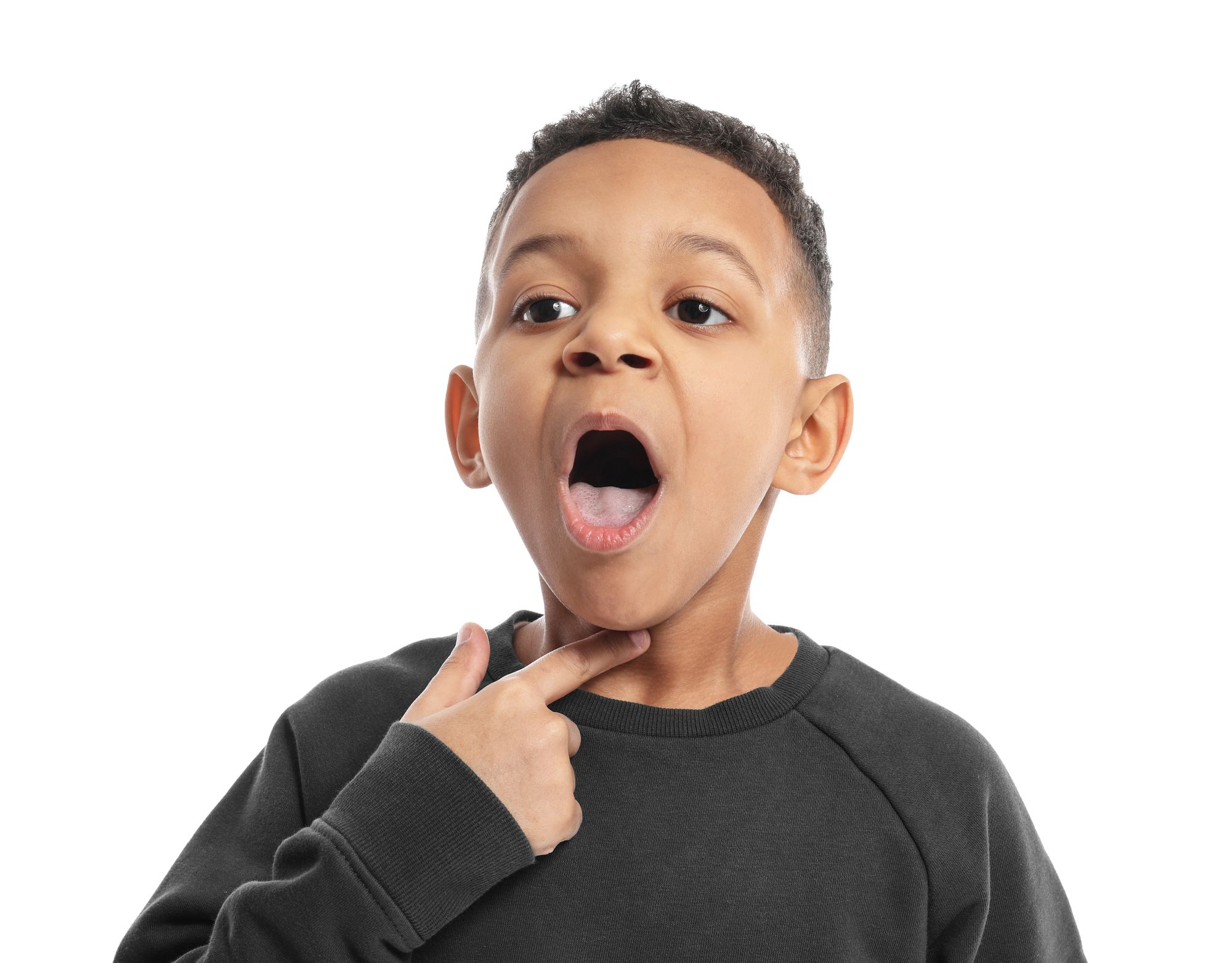
As always, we urge you to communicate with your known medical professionals or intervention team if you think you or your loved one may have apraxia or any other speech or language impairment!
An overview of childhood AOS
Looking for more resources?
We also created a robust goal creator packet with thousands of possible goal combinations for apraxia (along with articulation and phonology).


References
American Speech-Language-Hearing Association. (n.d.). Acquired apraxia of speech. American Speech-Language-Hearing Association. https://www.asha.org/public/speech/disorders/acquired-apraxia-of-speech/
American Speech-Language-Hearing Association. (n.d.). Childhood apraxia of speech. American Speech-Language-Hearing Association. https://www.asha.org/public/speech/disorders/childhood-apraxia-of-speech/
Mayo Foundation for Medical Education and Research. (2023, August 5). Childhood apraxia of speech. Mayo Clinic. https://www.mayoclinic.org/diseases-conditions/childhood-apraxia-of-speech/symptoms-causes/syc-20352045
National Institute on Deafness and Other Communication Disorders. (2017, October 31). Apraxia of Speech. https://www.nidcd.nih.gov/health/apraxia-speech

